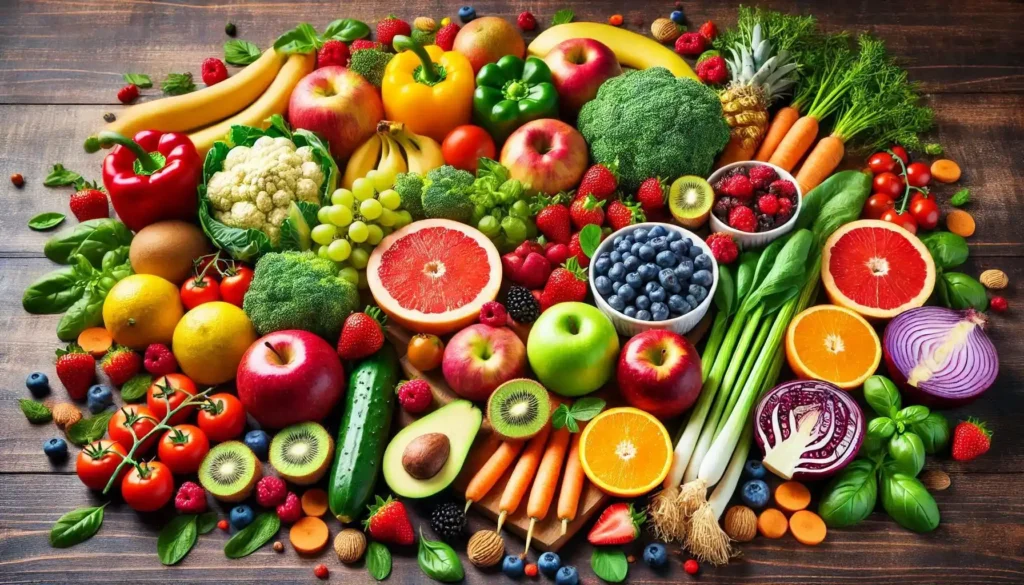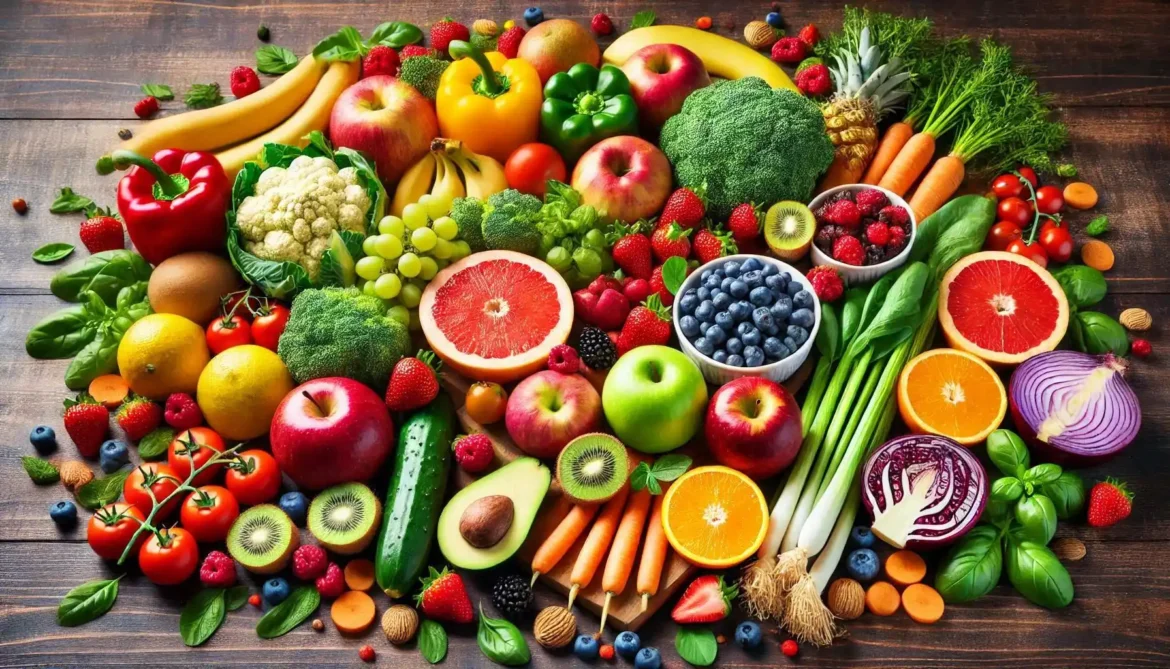
We all know that fiber is important, but are you getting enough? This often-overlooked nutrient plays a crucial role in digestion, weight management, blood sugar control, and even heart health. Unfortunately, many of us fall short of the recommended daily intake.
So, how can you effortlessly boost your fiber consumption? The answer lies in embracing a diet rich in whole, unprocessed foods. Here are 20 fantastic sources of fiber to incorporate into your daily meals:
Fruits (Naturally Sweet and Fiber-Packed):
- Raspberries: These little gems pack a powerful punch, offering a significant amount of fiber alongside antioxidants.
- Blackberries: Similar to raspberries, blackberries are another great source of soluble and insoluble fiber.
- Pears: Enjoy a pear with the skin on for a robust dose of fiber.
- Apples: Another classic, apples are delicious and provide a good amount of both soluble and insoluble fiber, especially in the skin.
- Avocado: While often seen as a healthy fat source, avocados also contribute a decent amount of fiber to your diet.
Vegetables (The Cornerstone of Fiber Intake):
- Artichokes: These unique vegetables are loaded with fiber, both soluble and insoluble.
- Broccoli: This cruciferous superstar is a great source of fiber, vitamins, and minerals.
- Brussels Sprouts: Don’t be afraid of these miniature cabbages! They’re incredibly nutritious and high in fiber.
- Carrots: Raw or cooked, carrots offer a good dose of fiber, along with beta-carotene.
- Spinach: This leafy green is packed with nutrients, including a respectable amount of fiber.
Legumes (Plant-Based Fiber Powerhouses):
- Lentils: These inexpensive legumes are incredibly versatile and a fantastic source of fiber and protein.
- Black Beans: A staple in many cuisines, black beans are high in fiber and antioxidants.
- Chickpeas: Whether you enjoy them in hummus or roasted, chickpeas are a great source of fiber and plant-based protein.
- Kidney Beans: Another fiber-rich bean, kidney beans are a great addition to chili and stews.
- Lima Beans: These large, buttery beans offer a good dose of fiber and other essential nutrients.
Grains & Seeds (The Whole Story):
- Oats: A breakfast staple, oats are packed with soluble fiber, which is great for heart health. Choose steel-cut or rolled oats over instant varieties.
- Chia Seeds: These tiny seeds are a fiber powerhouse, easily added to smoothies, yogurt, or baked goods.
- Flaxseeds: Another excellent source of fiber, flaxseeds should be ground for optimal absorption and benefit.
- Quinoa: While technically a seed, quinoa is often used as a grain and delivers a good dose of fiber and protein.
- Whole-Wheat Products: When choosing bread, pasta, or crackers, opt for whole-wheat varieties for increased fiber content.
Why is Fiber So Important?
Fiber offers numerous health benefits:
- Promotes Digestive Health: Fiber adds bulk to your stool, preventing constipation and promoting regularity.
- Manages Blood Sugar: Soluble fiber can slow down the absorption of sugar, helping to stabilize blood sugar levels and benefit those with diabetes.
- Supports Weight Management: High-fiber foods are often more filling, helping you feel satisfied and reducing the likelihood of overeating.
- Lowers Cholesterol: Certain types of fiber can help lower LDL (“bad”) cholesterol levels, promoting heart health.
- Nourishes Gut Bacteria: Fiber acts as food for the beneficial bacteria in your gut, contributing to a healthy microbiome.
Tips for Increasing Fiber Intake:



